Pre-Mishnah: The Missing Link
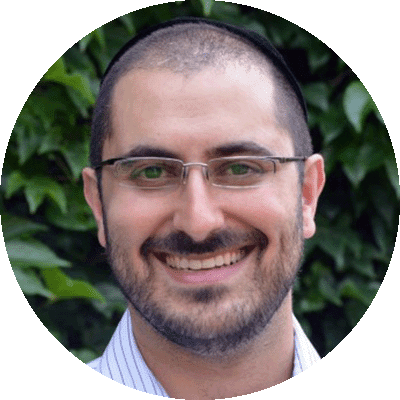
Yehoshua Dovid Schwartz obtained his BA from UCLA and Rabbinic Ordination from R. Zalman Nechemiah Goldberg. Rabbi Schwartz has been an educator for the last 15 years, currently teaching at Fuchs Mizrachi School in Cleveland where he serves as the 5th Grade Judaic Teacher and the Lower School Curriculum Coordinator.
I teach 5th grade Judaics at Fuchs Mizrachi School, a Modern Orthodox Zionist school (Cleveland). Upon entering the world of Torah SheBe’al Peh, a student is first greeted by the Mishnah—a complex and sophisticatedly interwoven compendium of Jewish law and wisdom. Students struggle to understand its relevance, how and why it was created, and its importance to the scope of their Torah learning. They ask, “Why are we learning Oral Torah?” and “Why should I care?” but underlying those questions is the more fundamental, “What is the Oral Torah?” While some choose to address this piecemeal over the span of many years, I believe that it is important to address it up front, in an organized manner.
I identified four main units for a pre-Mishnah curriculum: 1) re-examining the Written Torah in the context of the Oral Torah tradition, 2) defining Torah SheBe’al Peh, 3) outlining a literary timeline and the development of the Mishnah, and 4) explaining the authority and relevance of the various eras of Jewish literature. With that content in mind, I had some pedagogical considerations to consider. What examples and stories would precisely and concisely clarify the content I was teaching? How would I go about delivering the content? I chose to teach this introduction once a week over the course of 4th grade, and I review it at the beginning of 5th before delving into Mishnah. I also vary the pace and type of teaching to give the students space to concretize their learning. Examples of some content choices are included in the paragraphs below.
Why Study Talmud....
Studying Talmud provides high school students with the opportunity to explore and connect with the bigger picture. They learn the how and the why about so many different mitzvot, something which is crucial to their growth, not only as independent learners but also as they build the foundations for their own spiritual lives. …
Torah SheBikhtav
I present the foundational idea that the Written Torah and Oral Torah were given at Sinai. The Written Torah was dictated to Moshe by God, the books of the Nevi’im were written via prophetic experiences, and the Ketuvim were written under the influence of Divine inspiration (Ruah haKodesh). Each level of transmission has a different level of authority and purpose as they pertain to the Oral Torah. For instance, the Written Torah includes 613 mitzvot, but many of their details are not included. For example, there is a mitzvah to dwell in a sukkah for seven days, but the Torah does not define what a sukkah is. It is commanded in the Torah that we only eat meat from animals which are properly slaughtered, but the laws of slaughtering are not in the Torah. For some of those details, prophecy is the next link in the chain. Explaining the nature of prophecy—the processing of spiritual communication through a physical brain—helps to create a bridge between Moshe and the Mishnah, between the Written Torah and the Oral Torah.
Define Torah SheBe’al Peh
Now students are ready to learn the nature of the Oral Torah. While there are many ways to define this, my students have found meaning in an adaptation from Rav Sa’adia Gaon, that the Oral Torah is not a corpus of literature, but a tradition of how to derive the wealth of knowledge and wisdom from the Written Torah. I use a metaphor of the Written Torah as a compressed data file, the Oral Torah as the decompression program, and the delving into a word or phrase as “clicking” to help students understand the mechanics behind being able to derive details of laws from a single letter. Oral and Written Torah are thus positioned as inseparable, serving as an important foundation for learning Mishnah and later Gemara.
Literary Timeline
Next, a historical-literary timeline becomes the superstructure for discussions around the evolution of different categories of Jewish literature: Mishnah, Gemara, Midrash, Halakha, Hashkafa, and more. I offer a research project with pre-selected Tannaim, Amoraim, and even Rishonim along with some of their core teachings to bring the time period and literature to life. There are many core concepts which are introduced at this point, including 1) The tension between the prohibition to record the Oral Torah and R. Yehuda Hanasi’s necessary abrogation of that tradition in his effort to preserve the Oral Torah, 2) The difference between the authority of the Oral Torah and Rabbinic law, 3) The distinctions between halakhic and non-halakhic texts.
Throughout this learning, students are building context and vocabulary while continuing to deepen their recognition of how Oral Torah interconnects with the learning that that they have done up until then and how it will connect to their learning afterward. They often ask ideological questions about the nature and authority of our written Oral Torah, how Judaism has pivoted and changed over time, and how this central dynamic element of Torah has allowed us to survive and adapt in each new generation—all of which are important and welcomed questions.
Authority
As they begin the adventure into the world of Oral Torah, the last important area to discuss with students is varying levels of authority.
For example:
- The Sandhedrin and the People of the Great Assembly created the foundations of the Judaism with which we are familiar with today, including—the practical structure of Shabbat, the siddur, and more.
- Tannaim are bound to the authority of the Written Torah and Amoraim (with a singular exception) are bound to the authority of the Tannaim, and so on.
- A bet din may only challenge precedents if it is greater in number and wisdom than the one which produced the initial ruling.
Authority is complex, as it combines historical context for each type of Torah Shebe’al Peh with the understanding that the farther back in time we travel, the closer we get to its source. This is important to give a greater understanding of the nature of Jewish laws based on their origins—biblical, prophetic, or rabbinic, the power of customs, and the concept of stringencies and leniencies, all of which will be important in learning the Mishnah itself. Students are also introduced to the concept of mahloket and how both sides of a dispute can be correct, though we will only act in accordance with one of them. Perhaps more than any of the other three sections, this is the one where students crave clarity, offering the greatest educational ROI as they establish buy-in for learning Oral Torah.
At this point, students have an understanding of the Written Torah, the nature of prophecy, and the development of Torah Shebe’al Peh into what we call the Oral Torah. They possess historical context, a basic overview of literary categories, and have an appreciation for each era and its scholars. Students gain a pedagogical understanding and system of organization for the levels of authority, the foundations of mahloket, plus essential vocabulary. This introduction is followed by learning the structure of Mishnah as a whole and to the basic components of individual mishnayot, preparing them to engage with their first study of Mishnah.
Beyond the technical background and content, students have a conceptual understanding of what they are about to engage in. It provides affective and intellectual buy-in, so that the students are mentally prepared to engage in a new stage of their learning paths—a critical stepping-stone on their journeys in Torah study.



Reach 10,000 Jewish educational professionals. Advertise in the upcoming issue of Jewish Educational Leadership.
Do you want to write for Jewish Educational Leadership? See the Call for Papers for the upcoming issue.


FROM THE EDITOR: Fall 2023
Fascinating. Infuriating. Uplifting. Complex. Boring. Inconsistent. Logical. Brilliant. Eclectic. Irrelevant. Compelling. Frustrating. Inspiring. Ancient. Contemporary. The Talmud evokes all the above, and more. I vividly remember my first encounter with Gemara. I must have been ten years old, and my family was in a bungalow colony in the Catskills. Rabbi Cohen taught Gemara to the older boys, of which I was not, but I asked permission to sit in and listen. I loved following the discussions and debates, even though I couldn’t read any of it and retained none of the content.


The Block Method for Teaching Gemara
By its very nature, teaching Gemara seems to defy everything we know about education. When we teach math, or language, or anything else, we start with the simple and easy-to-grasp aspects of the study area and gradually increase the level of challenge and difficulty. For example, we begin with addition and slowly move on to subtraction, multiplication, and division. We certainly don’t touch algebra until these are firmly in place. One couldn’t imagine a math class that requires knowledge of Pythagoras’ theorem presented to a class that has not yet mastered multiplication.


The Puzzling Talmud
A sixteen-year-old American Jewish day school student named Brandon (a self-chosen pseudonym) reports that he likes studying Talmud. What does he like about it? “I like the process,” he says. “It is kinda like a puzzle, that you have to get each word, and fill it in so it creates the whole text.” Brandon approaches his study of Talmud knowing that it’s going to be hard. Every word might take some effort to decode. Eventually, however, he can put it all together.
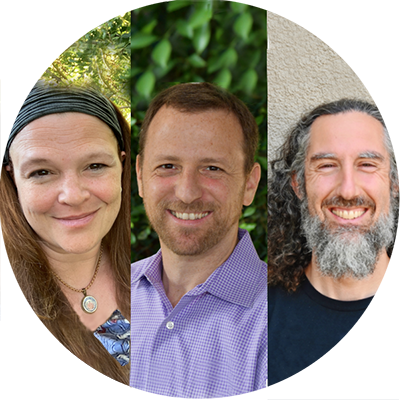

A Multidimensional Approach to Teaching Rabbinics
Pressman Academy is an early childhood through 8th grade school in Los Angeles serving a religiously diverse group of students. The school’s Judaics program, which includes Hebrew language, Jewish history, Tanakh, and daily prayer, affords a maximum of two weekly periods to teaching Rabbinics (in grades 5-8), presenting a significant challenge of what to include and how to approach it.


The Sanhedrin is in Session: Experiencing Rabbinic Literature
On Tuesday morning Rabban Gamliel called the gathered people to order. A letter had arrived from a northern district court in the Galilee which required the attention of the Sanhedrin. Rabban Gamliel took his seat at the head of the semi-circle of esteemed Rabbinic colleagues. R. Yehoshua sat on one side of him and R. Eliezer sat on the other.
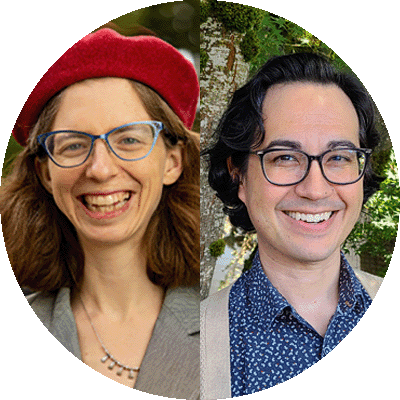

Replacing Relevance with Relationship
A relationship to Talmud study is highly valuable to those who possess it. Few other activities manage to combine elements of intellectual inquiry, spiritual questing, and moral development in the almost alchemical way that the study of Talmud does. And yet, there are a number of hurdles students must overcome in order to develop an independent relationship with the Talmud. First and foremost, studying Talmud in the original Hebrew and Aramaic can feel scary to the uninitiated. Second, the logic of the Talmud is foreign to students at first. Finally, students may wonder what a text from 1500 years ago might have to say to them.


Teaching Talmud in Secondary Schools: Masorah and Modernity
Teaching of Talmud in traditional secondary schools has been a conundrum from the day it was decided to teach Talmud as part of the standard Jewish studies curriculum. Programs for yeshiva high school graduates in Israel and around the world are consistently populated by an overwhelming percentage of students who, even after six years of multiple weekly hours of Talmud instruction in secondary schools, are helpless in the independent study of Talmud. These students are successful independent learners of advanced mathematics, natural sciences, complex technology, and even humanities, but in Talmud, they require an embarrassing degree of spoon-feeding.


Anatomy of a Gemara Lesson
You have been there, too, right? You thoroughly prepared a Gemara lesson by formalizing how you will explain the shakla vetarya, you concocted attention-grabbing examples and cases, charts to organize the conflicting opinions, and provided a translation and question practice worksheet. You slowly read the Gemara aloud while students annotated the text or completed linear translation sheets. You patiently and clearly explained the concepts and reasoning on a first, second, and even third pass of the reading.


Making the Case for Agada
The rabbis of the Talmud were intentional and thoughtful educators; an example of their consummate pedagogic skill is the way they interspersed narratives into their halakhic writings and teachings. Their use of agadot is an effective teaching tool because, simply put, people love stories. We evolved to tell stories, to become compelled by stories, to connect to the characters, drama, and tension in stories. Stories draw in our students and they have the power to make them care.


Tokhehah Leshem Shamayim
One day, in a 7th grade lesson during our unit on tokhehah (the mitzvah of rebuke), a student shouted out from across the classroom: “This is tokhehah leshem shamayim!” In this moment, with one eloquent and original phrase, this 7thgrader had connected the learning in our current unit of tokhehah with the concept of leshem shamayim (for the sake of heaven) from our previous unit of mahloket (disagreement). This delighted us because it showed that the concepts of mahloket we had been teaching were not just retained for the duration of our unit, or for a test, but were concepts students internalized, held on to, and could apply to new settings and used in unique ways.
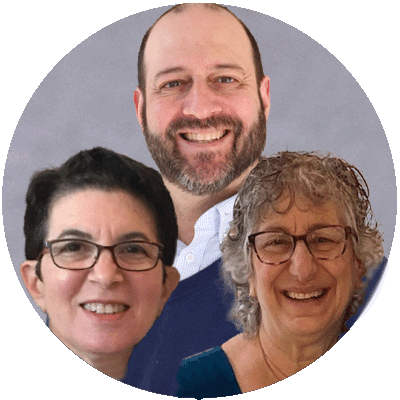

Extending the Reach of Rabbinics
Morah M.’s 5th-grade class is curating a museum exhibit showcasing artifacts that represent family legacy and tradition. The items are described on a placard that explains: These candlesticks were my Bubby’s and now my mother and I use them for Shabbat. When I chose them, I thought of the story about R. Yehuda HaNasi that we learned (Ketubot 103a). Before he died, he told his family that they should continue to set the table the same way, keeping the lamp in its usual place. We’re sort of doing the same thing when we use Bubby’s candlesticks.


Talmud Education for Diverse Learners: Taking the “Long but Short” Road
Teaching Talmud to weaker students can present many challenges not typically found in traditional Gemara classes. Navigating a text in a foreign language, especially one with the unique structure and rules of the Talmud, can be daunting for those grappling with language-based difficulties. Educators must realistically decide which teaching method—skill-based or discussion-based—will best set diverse learners up for success, and how demanding a Talmud course should be for students not likely to pursue this type of Torah learning in the future.
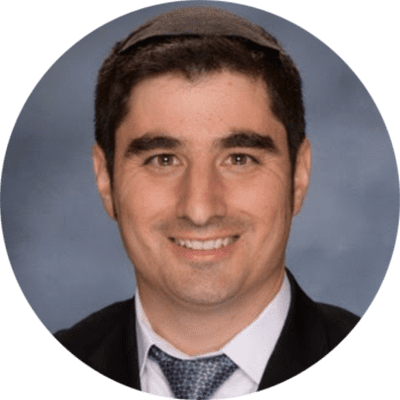

Teaching Talmud Guided by Essential Questions
Standing at the edge of the sea can be an awe-filled experience—the incomprehensibly vast expanse of water with no end in sight is both inspiring and intimidating. We would not consider entering it, whether to swim, sail, surf, cruise, or dive without proper preparation. Similarly, the Sea of Talmud is rich with information, personalities, debates, and much more. It, too, can inspire and intimidate with its vastness and complexity, and we should not expect our students to be able to jump in and navigate it without context and a roadmap. To prepare our students as they embark on their journey into the Oral Torah, we need to define our goals and our strategies for achieving them.
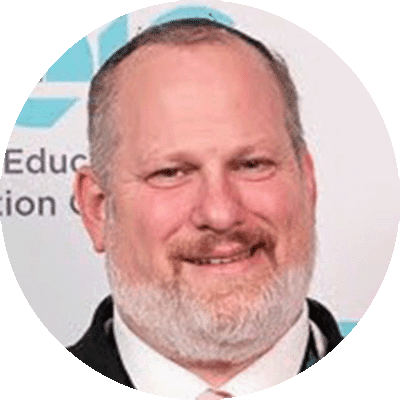

An Alternative Approach for Teaching Talmud
In my first year of teaching, I taught a student whom we will call Yossi. From the time he started 1st grade reading groups, Yossi was placed in the lowest track. This pattern persisted through my 11th grade Gemara class. A few weeks into the first semester of 11th grade, Yossi approached me after class to ask me a burning question which he was embarrassed to ask in front of his peers. He asked, “Who is Rabbi Baraita?” I said, “What do you mean?” He responded, “My past teachers kept explaining ‘the Baraita says…’ Who is Rabbi Baraita and why is he referred to as the Baraita?”


“Wait, What?!” Teaching Jewish Law in a Reform Jewish School
As a teacher at Rodeph Sholom School (RSS), I have for some time considered what it means to teach Torah SheBe’al Peh in a Reform Jewish independent school. What I offer here is a taste of how my colleagues and I have strived to shape our 7th grade Rabbinics unit so that it is aligned with our school’s mission and meets the needs of our specific community of learners. And while every school is unique, I am hopeful that the insights I’ve gained from teaching one unit on the development of Jewish law are instructive for any Jewish day school grappling with teaching Torah SheBe’al Peh.


A Learner-Centered Approach to Teaching Gemara
Traditional methods of teaching Gemara, such as hevruta learning followed by an interactive shiur, have stood the test of time. When teaching beginner students, however, this approach is less common, given their lack of prior knowledge or skills. As a result, many teachers prefer a frontal approach, perhaps projecting the daf on the SMART board and presenting the text phrase-by-phrase while students take notes between the lines of the traditional Vilna text. If hevruta time is used, it is often for the students to review material rather than for them to try to decipher the text. In this article, we are going to propose a method for using a modified version of the traditional approach which can be used for learners starting out on their Gemara learning careers.
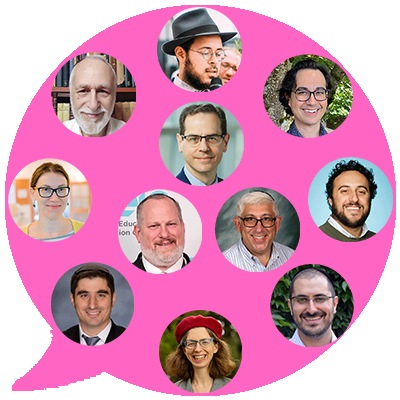

Why Learn Talmud?
Some of the articles in this issue describe the joy of studying Talmud, others break down the complex processes to make it more accessible to students or to enable the students to engage with it meaningfully. And just to make sure that we covered the bases of both the how and the why of Talmud study, we asked our authors to weigh in separately on the question: “Why do you think that day school students should be learning Gemara/Rabbinics?” We invite you to join that discussion.
Fall 2023 Journal Credits
JEWISHEDUCATIONALEADERSHIP
Jewish Educational Leadership is a publication of The Lookstein Center for Jewish Education of Bar Ilan University.
Chana German, Executive Director
JOURNAL STAFF
Hyim Brandes | Editor
Zvi Grumet | Editor-in-Chief
Chevi Rubin | Editor
Shani Sicherman | Copyeditor
Please send correspondence regarding journal content to zvi@lookstein.org.
The Lookstein Center publications present a variety of viewpoints. The views expressed or implied in this publication are not necessarily those of the Center.
EDITORIAL OFFICES AND ADVERTISING
The Lookstein Center for Jewish Education
Bar-Ilan University
Ramat Gan 5290002 Israel
Tel: +972-3-531-8199
US: +1-646-568-9737
www.lookstein.org
© 2023 by The Lookstein Center for Jewish Education.
All rights reserved.





